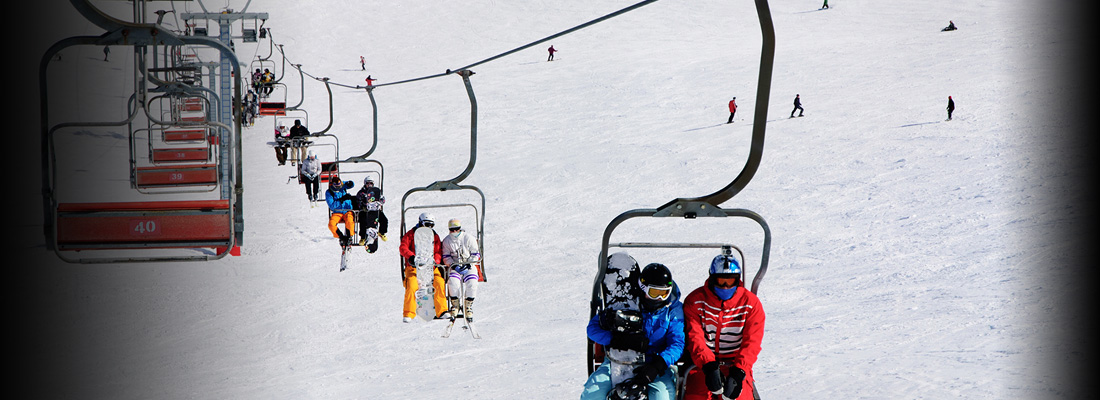
-
Contents
- Court rules on smash repair holding fees
- AILA President’s Message
- NZILA President’s Message
- Profile: Chrissy Cheesman
- Motorbike cop cleared of crash blame
- Unsuccessful litigants hit by indemnity costs
- Young lawyer wins Shorter award
- Viewing professionals in the eyes of the law
- The importance of determining the relevant risk of harm
- Every Issue
- AILA
- NZILA
- Home

| PREVIOUS | HOME | NEXT |
The importance of determining the relevant risk of harm By Sherryn Russell, Associate, Winter Hilditch & Fotheringham The NSW Appeal Court decision in Perisher Blue Pty Ltd v Nair-Smith demonstrates the importance of parties correctly identifying the relevant risk of harm. The Supreme Court found Perisher liable to Dr Nair-Smith and awarded her $1,368,700 in damages. The court held Perisher breached the duty of care it owed to Dr Nair-Smith by failing to have a lift operator observe the state of each chair as it exited the bullwheel. That failure meant the lift operator was unable to raise the bar in a timely manner, causing Dr Nair-Smith to panic and move out of alignment with the chair. Perisher appealed against the decision. The following issues arose on appeal: The manner in which the accident happened Dr Nair-Smith said Mr Lofberg caused the chair’s misalignment because he pulled it in a hurried attempt to raise the bar while she remained in the correct loading position. However, the Supreme Court and the Appeal Court preferred expert evidence it was highly unlikely Mr Lofberg could have applied sufficient force in time to cause the chair to misalign; and accepted the chair was not out of alignment with Dr Nair-Smith; she had moved out of alignment having panicked when she saw the bar was still down. Whether Perisher’s breach of duty caused the injuries for which Dr Nair-Smith sought damages Causation is concerned with whether a plaintiff’s injuries are referable to a defendant’s breach of duty of care. The primary judge found Mr Lofberg’s late observation of the bar down caused him to lunge at the chair, causing Dr Nair-Smith to panic and move out of alignment with the approaching chair. Perisher’s negligence caused Dr Nair-Smith’s injuries. The Appeal Court held the Civil Liability Act (NSW) 2002 required Dr Nair-Smith to prove Mr Lofberg’s delayed observation of the bar produced panic that caused her to move out of alignment with the chair. However, Dr Nair-Smith’s primary case was that she was properly aligned when the chair reached her. Based on the evidence, the Appeal Court inferred Dr Nair-Smith’s: • Concern began when she noticed the bar was down as the chair approached the bullwheel; While Mr Lofberg’s inattention may have caused her apprehension to continue or increase, the Appeal Court held his inattention was not a condition of Dr Nair-Smith moving out of alignment; she could have moved before it was reasonable for Mr Lofberg to act. The Appeal Court found it was not open to the primary judge to conclude Perisher’s negligence caused Dr Nair-Smith’s injuries. The Appeal Court allowed the appeal and held: • The primary judge was correct to have found Perisher breached its duty of care in negligence owed to Dr Nair-Smith; Implications The case is a reminder of how important it is for parties to correctly identify the relevant risk of harm. When an activity involves many risks, relevant risk will be identified with a higher degree of particularity. (Perisher Blue Pty Ltd v Nair-Smith [2015] NSWCA 90, 09/04/15) |
Resolve is the official publication of the Australian Insurance Law Association and
the New Zealand Insurance Law Association.

